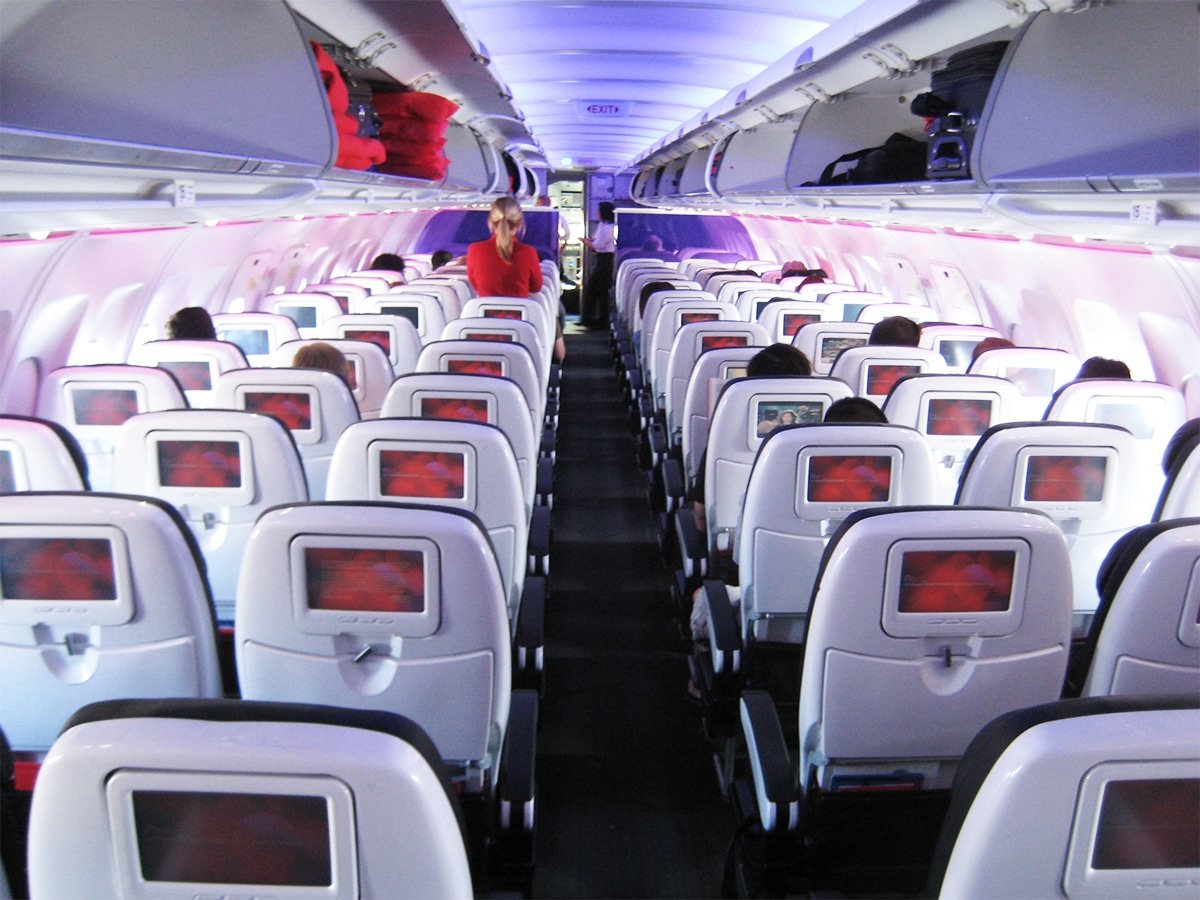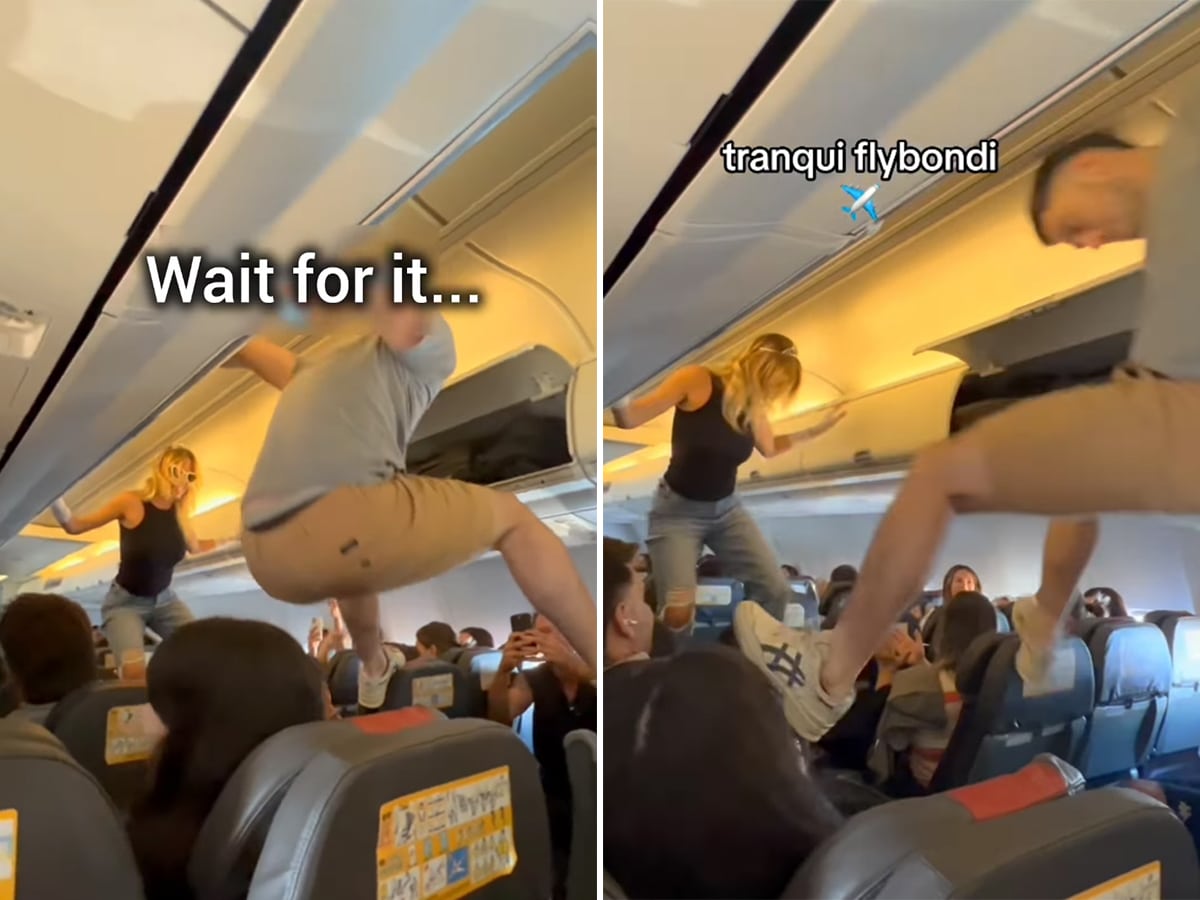The recent crash of Delta Air Lines Flight 4819 at Toronto Pearson International Airport on February 17, 2025, serves as a stark reminder of the importance of passenger preparedness during air travel. Despite the aircraft flipping upside down upon landing, all 80 individuals on board survived, with 18 sustaining injuries. This incident underscores several critical safety practices that travelers should adopt to enhance their chances of survival in the event of an emergency. I know no one wants to think about these things as they prepare to take a trip but these tips could make all the difference.

1. Dress appropriately for all phases of your journey
After video emerged showing what it looked like evacuating from an upside down plane, a flight attendant influencer wrote “In this video we learn why we wear shoes for landing, secure bags, keep your seatbelts tight during TTL and its smart to dress well when flying.” He’s right. You should always dress for the elements as you can’t count on going from terminal to terminal. I was once flying from Edinburgh, Scotland in the winter and a fire alarm went off. Everyone had to go outside and I was shocked how many people were in shorts and short sleeve shirts.
Wearing weather-appropriate clothing ensures that, in the event of an emergency evacuation, you’re protected against harsh elements. Opt for long sleeves, pants and closed-toe shoes, regardless of your destination’s climate. Flip flops are a definite no-no as they can slip off your feet in an emergency evacuation and can hinder your ability to move quickly.
2. Keep your shoes on
I can’t imagine evacuating a plane after a crash – it must be absolutely terrifying. But I know I definitely wouldn’t want to be doing it without shoes on. This is why you will never see a flight attendant or pilot, including those off-duty, not wearing closed toe shoes, especially during takeoff and landing. Having your shoes on in emergencies is crucial as you may need to navigate debris, sharp objects or hot surfaces. Shoes provide necessary protection and mobility during such situations. In the Toronto crash, passengers had to evacuate quickly, and those with shoes on were better equipped to move swiftly and safely, not to mention they were evacuated into snowy and icy conditions.
3. Leave personal belongings behind
In emergency evacuations, time is of the essence. The FAA requires aircraft to evacuate in 90 seconds to ensure passengers can safely exit in an emergency. This standard minimizes the risk of injury or fatalities by ensuring a quick and efficient evacuation in situations like fire or smoke. Anyone attempting to retrieve personal items will hinder the evacuation and endanger lives. During the Delta Air Lines incident in Toronto, some passengers were criticized for evacuating with personal belongings, which can obstruct escape routes and delay the evacuation process. Safety protocols universally advise leaving all belongings behind to ensure a prompt and unobstructed evacuation.
4. Utilize garments with secure storage for essentials
While large carry-on items should be left behind, essential items like identification, medications and small valuables can be kept on your person. This is why it’s smart to put your jacket on prior to landing and have everything of value in the pockets, including medication, your passport and your wallet. I wear a Scottevest jacket when I travel. It has 20+ pockets to keep all of my valuables safe and on my person at all times. They make lots of men’s and women’s styles to choose from. Or consider wearing a money belt with your passport, cash and credit cards. I’m not sure what those who didn’t have their passports on their person did about that.
5. Adhere strictly to crew instructions
As we saw in the Delta crash, flight attendants aren’t there just to provide you with food and drinks. They’re really onboard to assist in an emergency, which is why their training is so long and intensive. Listening to and following crew directives can make a significant difference in emergency situations.
6. Familiarize yourself with safety procedures
Upon boarding, take note of the nearest exits, review the safety information card and pay attention to the safety briefing. Understanding the aircraft’s layout and emergency procedures can expedite your response during a crisis. In emergencies, every second counts and being informed can save lives.
7. Keep seatbelts fastened when seated
Turbulence and unexpected events can occur without warning, which is why pilots always wear their seatbelts and advise passengers to do the same while seated. Keeping your seatbelt fastened while seated minimizes the risk of injury during sudden movements. In the Toronto incident, the aircraft experienced severe impact upon landing, and seatbelts were crucial in keeping passengers secured, especially when the airplane flipped over.
8. Stay calm and avoid panic
This is probably easier said than done but maintaining composure during an emergency allows you to think clearly and follow safety protocols effectively. Panic can lead to poor decision-making and hinder evacuation efforts. Trust in the crew’s training and focus on executing their instructions calmly.
9. Be mindful of seating choices
While accidents are rare, some studies suggest that seats closer to exits may allow for a faster escape during evacuations. However, the safest seat can vary depending on the nature of the incident. Regardless of seating, awareness of your surroundings and nearest exits is paramount.
10. Advocate for safety enhancements
Passengers can play a role in advocating for continued improvements in aviation safety. Supporting policies and practices that prioritize safety, such as rigorous aircraft maintenance and crew training, contributes to the overall well-being of all travelers.
The Delta Air Lines plane crash in Toronto serves as a powerful reminder that while air travel is statistically safe, emergencies can occur. Passengers who are proactive about their safety—through appropriate attire, attentiveness to safety briefings and adherence to crew instructions—can significantly influence the outcome of such events. By incorporating these practices into your travel routine, you not only enhance your personal safety but also contribute to a culture of preparedness that benefits all passengers.
RELATED READING:
–Video from inside the Delta Air Lines airplane that crashed in Toronto and tips for travelers
–Breaking: Delta Air Lines plane crash lands in Toronto while arriving from MSP
–Advice for coping with a fear of flying after D.C. plane crash
–How I overcame my fear of flying
–American Airlines plane crashes into Potomac River after mid-air collision with military helicopter
Want more travel news, tips and deals? Sign up to Johnny Jet’s free newsletter and check out these popular posts: The Travel Gadget Flight Attendants Never Leave Home Without and 12 Ways to Save Money on Baggage Fees. Follow Johnny Jet on MSN, Facebook, Instagram, Pinterest, and YouTube for all of my travel posts.








Are you saying the FAA requires everyone to exit in 90 seconds, no matter what has happened? Do they fine every person who has taken longer then that? What if someone else is in your way?
No, it’s just the rule airlines have to follow
The Toronto crash had me wondering: in the event of being upside down, how exactly should one get out? Releasing your seat belt may have you falling on your head, but you have to exit quickly. Any tips as to the best way to handle this situation?
It’s a great question and one I hadn’t thought of until recently. In a panic, I would likely try to release and break my fall with my arms, then help others around me do the same. I hope others would be able to do the same.